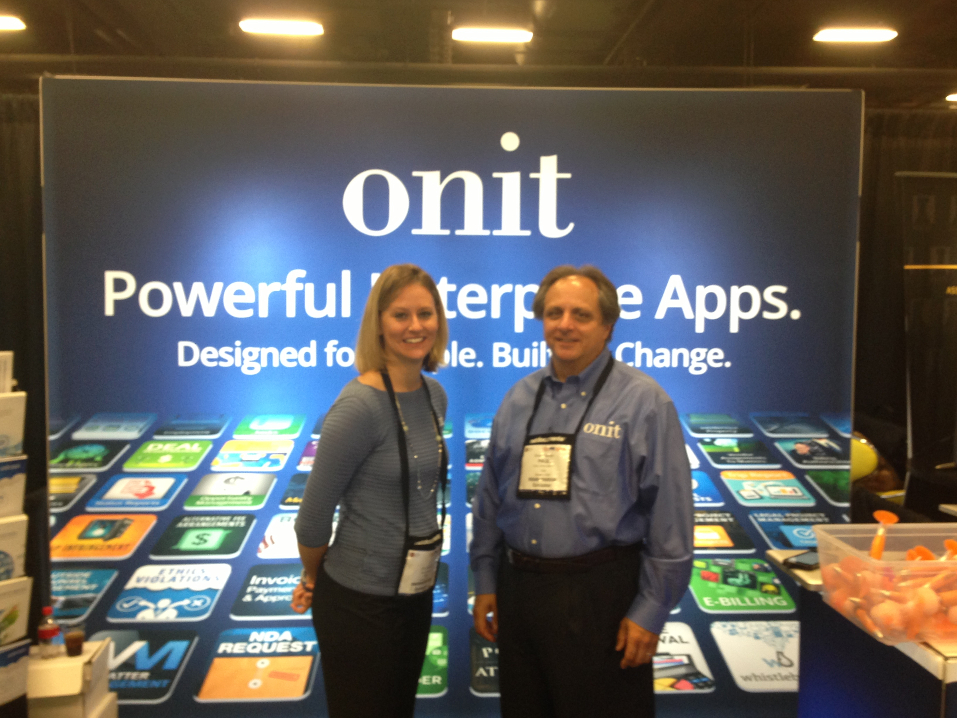For many organizations, the non-disclosure agreement (NDA) lifecycle is an often-overlooked Achilles heel. These critical documents protect intellectual property, but too often they are pulled together haphazardly, not countersigned, and left to languish in an email inbox. Work commences, and both parties forget about the NDA until a problem arises.
However, products and services are becoming more complex, meaning that more businesses have their own “secret sauce” that needs diligent protection. Combine this with an evolving workforce trending towards third-party contractors, NDAs are an essential first step in establishing a business relationship. If that first step takes too long, or isn’t handled properly, it can mean a missed opportunity or worse, a dispute where you lack the legal leg to stand on.
With the increased need for tools that help track NDAs, as well as standardizing mechanisms that help to facilitate a timely preparation, organizations are left looking for solutions. Some companies have adopted rudimentary word processing templates; others rely on spreadsheets for tracking sent NDAs and monitoring renewals. Progressive organizations are storing the NDAs in document management systems and calendaring renewal dates. At the end of the day, someone still has to ride herd on NDA formats and statuses. This becomes especially true when non-standard or special provisions need to go into NDAs dealing with the most secret of secret sauces.
How To Close the NDA Lifecycle Loop
There is a solution to this gaping compliance, however. Fortune 500 companies have discovered the solution to their NDA woes in a customizable, quick-to-implement and easy-to-use App. Onit’s NDA App can hit the ground running in a matter of days, not weeks, and integrate with document repositories for easy access to documents that need attention. Getting started with an NDA is simple: the NDA App allows users to cement business relationships quickly using standard NDAs, and work can start. And with the NDA App, organizations can track outstanding NDAs and know when their agreements are up for renewal.
When NDAs become a simple, repeatable process, leveraging the NDA App to add that level of consistency and visibility, organizations can stay on top of their legal obligations and protect their secret sauce. There will be exceptions, of course, when a relationship calls for a more complex NDA. However, instead of the legal team reviewing every single NDA generated, the legal team can focus on the ones that are the exceptions, not the rule. Meanwhile, the user-generated NDAs comply with company policy and are fully audited.
Onit’s NDA App effectively closes the loop on the NDA lifecycle: notifying the participants and closing the request once an NDA is fully executed. Moreover, as the icing on the cake, Onit’s NDA App also includes support for the two most popular e-signature vendors, EchoSign and DocuSign. The NDA App helps you manage the NDA lifecycle from creation to execution, jump-starting what will be a productive working relationship.
To learn more about how an app can simplify the NDA lifecycle, download the whitepaper: Coming Full Circle: Using Technology to Close NDA Lifecycle Gaps.
To close the loop on your NDA lifecycle, Onit can help! Contact us today.


